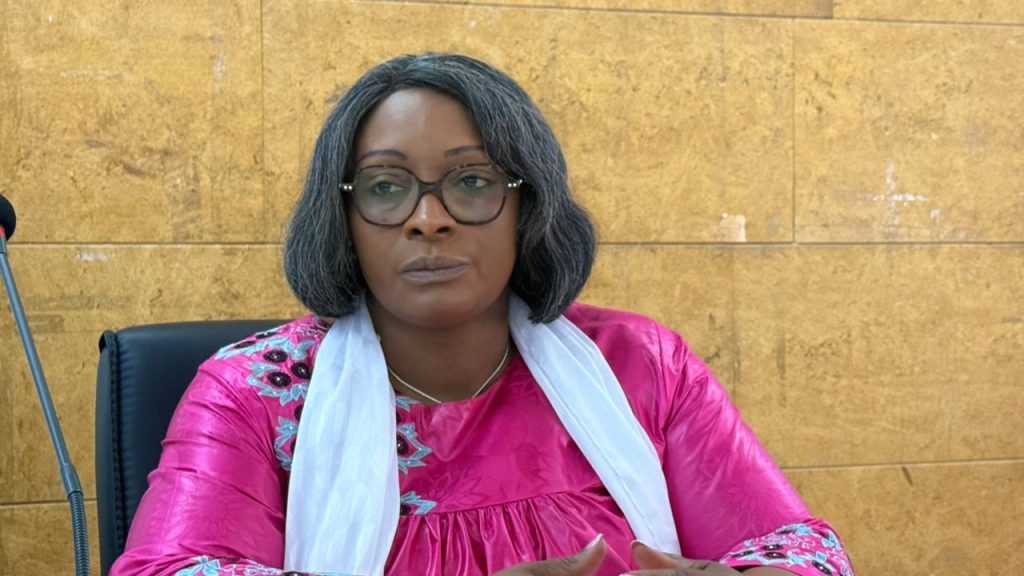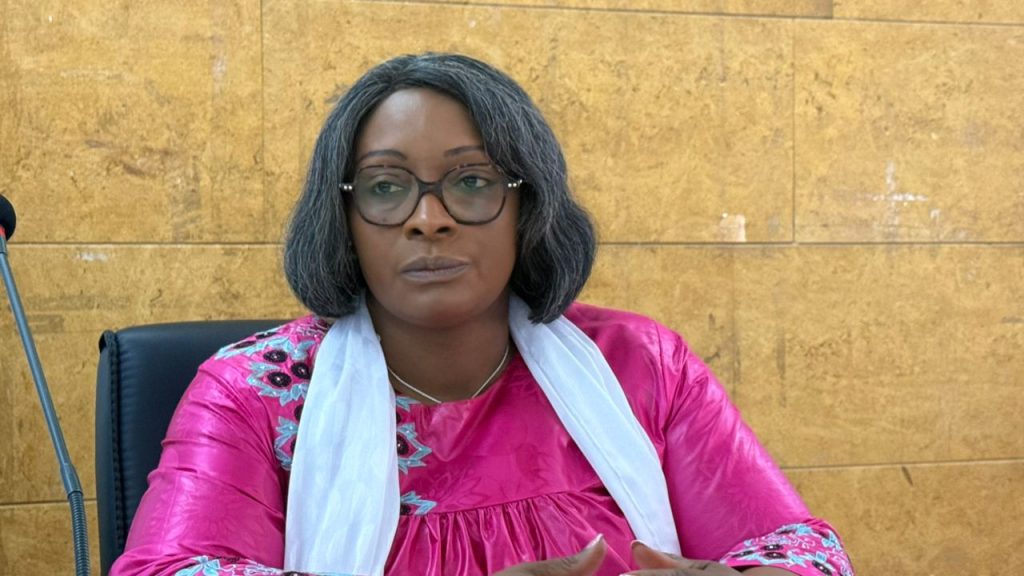
**Guinea’s Electoral Map: Key Insights from the National Register**
**Background**
In a recent presentation of provisional statistics from the National Register of Physical Persons and the biometric electoral roll, Djénabou Touré, the National Director of Political Affairs and Electoral Administration, outlined significant details regarding the current electoral landscape in Guinea.
**What Happened**
As of now, 6,748,923 voters have been registered, comprising 48.2% men and 51.8% women. The age group most represented is 36 to 60 years (33.3%), followed by 18 to 25 years (31.7%), and 26 to 35 years (28.2%), indicating a strong mobilization among young adults.
Regionally, Conakry remains the most populous area in terms of registered voters, with 1,537,426 participants, followed by Kankan with 1,515,741, and Kindia with 881,011. The Guinean diaspora accounts for 1.8% of the total, or 124,031 voters, predominantly male (65.4%).
Regarding data quality, the system detected 119,550 suspected duplicate registrations, with 111,379 confirmed. Additionally, 21,610 cases of incomplete data were reported. Djénabou Touré explained that duplicates involve individuals registered in two different localities, which the system successfully identified.
**Implications**
The identification of duplicate and incomplete registrations highlights the challenges in maintaining an accurate and reliable electoral roll. The issues with data integrity, such as technical problems and incomplete voter details, could potentially impact the electoral process’s transparency and effectiveness.
**Official Reactions**
Djénabou Touré clarified that incomplete data often stem from technical issues, such as malfunctioning passwords or incorrect image captures of census agents instead of citizens. Additionally, veiled women present a unique challenge, as some refuse to remove their veils or only expose their faces, complicating iris capture. These individuals are requested to rectify their registration within 15 days.
Regarding polling centers, 26,757 are distributed across the country, with Kankan hosting the highest number (5,273), followed by N’zérékoré (4,447) and Kindia (3,747). This distribution aims to enhance accessibility in densely populated electoral areas, considering local habitation and geographic constraints, according to Touré.
**Source**: guineenews.org
**Author**: 554


